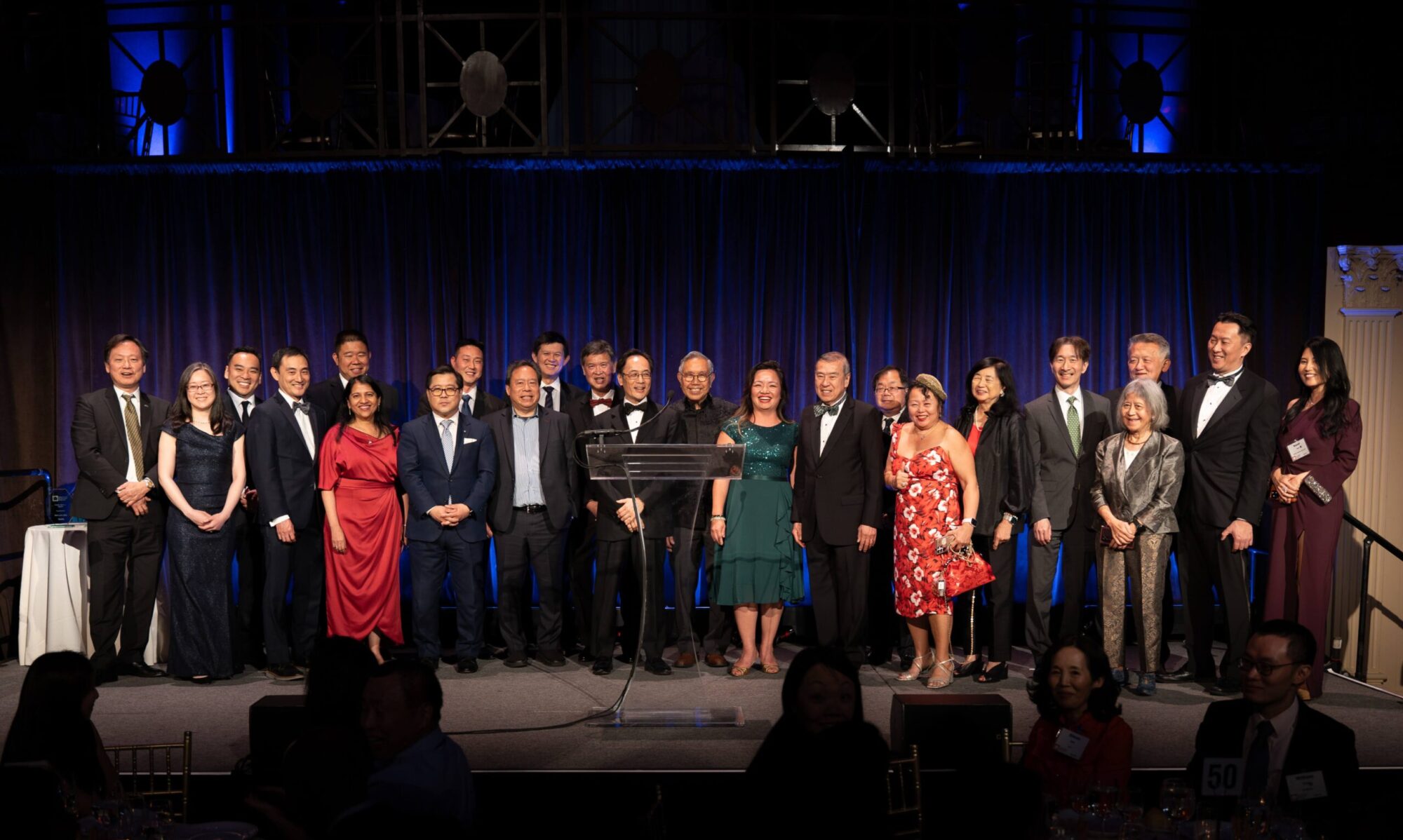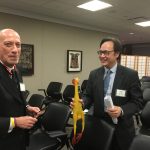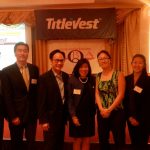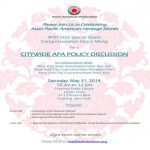On December 21, the Hon. Ushir Pandit-Durant made history as the first South Asian judge elected to New York State Supreme Court in Queens and the first South Asian woman judge elected in New York State. Justice Pandit-Duran was sworn in by the Hon. Randall T. Eng (ret.), former Presiding Justice of the Second Department, New York State Appellate Division. Justice Eng was the first Asian American elected judge in New York State so it was especially fitting for one trailblazer in the Asian American community to swear in another trailblazer. Hon. Joseph Zayas, Administrative Judge of the Queens Supreme Court, Criminal Term, presided.
Justice Pandit-Duran began her career as a Prosecutor in the Queens County District Attorney’s Office, serving there with distinction for 25 years before being elected to New York City Civil Court in 2015, becoming the first South Asian to hold that elected office.
The induction took place at the Queens Supreme Court in Kew Gardens. Numerous speakers, including elected officials and community leaders, extolled Justice Pandit-Duran’s exemplification of the American Dream, coming here at age 10 not speaking a word of English and rising up to become a top prosecutor and now judge. As a South Asian, Justice Pandit-Durant reflects the diversity of Queens, one of the most diverse boroughs of New York City, with a large Asian population. Justice Pandit-Durant is herself a bar leader, having served as the first President of the South Asian Indo-Caribbean Bar Association of Queens.
AABANY congratulates Justice Pandit-Durant on her historic election and wishes her continued success and achievement as a Justice of the Supreme Court.
















